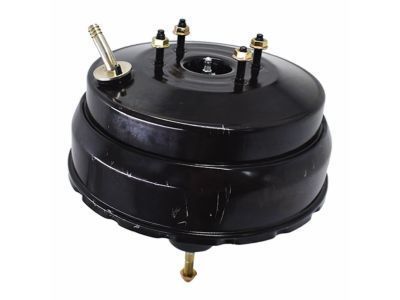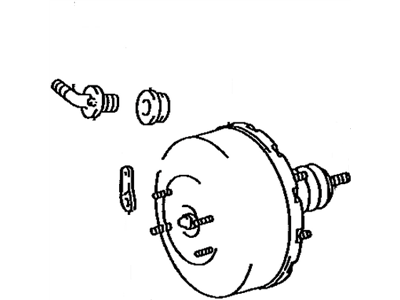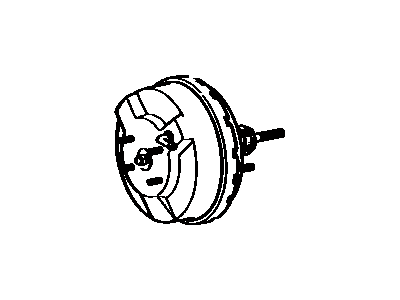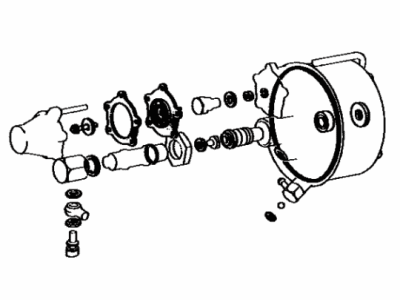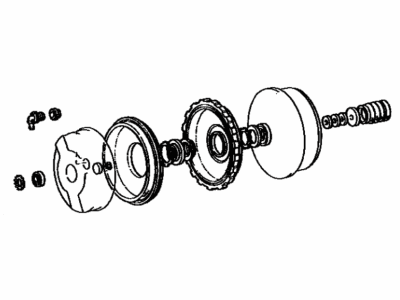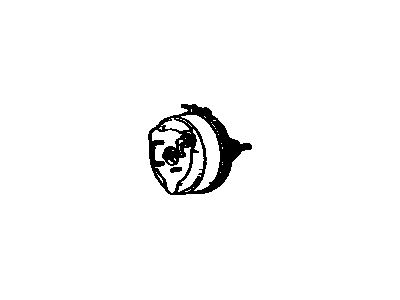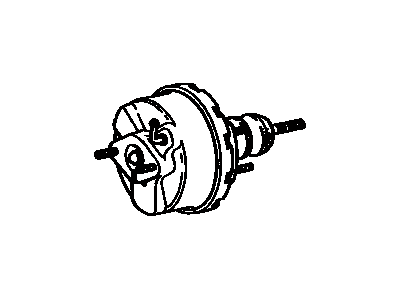

My Garage
My Account
Cart
Genuine Toyota Land Cruiser Brake Booster
Brake Power Booster- Select Vehicle by Model
- Select Vehicle by VIN
Select Vehicle by Model
orMake
Model
Year
Select Vehicle by VIN
For the most accurate results, select vehicle by your VIN (Vehicle Identification Number).
24 Brake Boosters found
Toyota Land Cruiser Booster Assembly, Brake
Part Number: 44610-60792$685.43 MSRP: $1023.45You Save: $338.02 (34%)Ships in 1-3 Business DaysToyota Land Cruiser Booster Assembly, Brake
Part Number: 44610-60791$685.43 MSRP: $1023.45You Save: $338.02 (34%)Ships in 1-3 Business DaysToyota Land Cruiser Booster Assembly, Brake
Part Number: 44610-60790$685.43 MSRP: $1023.45You Save: $338.02 (34%)Ships in 1-3 Business DaysToyota Land Cruiser Booster Assembly, Brake
Part Number: 44610-60100$1074.31 MSRP: $1604.10You Save: $529.79 (34%)
| Page 1 of 2 |Next >
1-20 of 24 Results
Toyota Land Cruiser Brake Booster
If you are in demand for superior quality and affordable OEM Toyota Land Cruiser Brake Booster, then shop with us! We own a wide range of the reduced-priced genuine Toyota Land Cruiser Brake Booster. You can purchase in confidence as all parts come with a manufacturer's warranty. Any issues with our products? No need to worry as we have a hassle-free return policy to guide you every step of the way.
Toyota Land Cruiser Brake Booster Parts Questions & Experts Answers
- Q: How to operate, check, remove, and install a power brake booster on Toyota Land Cruiser?A:To perform an operating check, depress the brake pedal several times with the engine off, ensuring no change in the pedal reserve distance. Start the engine while depressing the pedal; a slight drop indicates normal operation. For an airtightness check, start the engine and turn it off after one or two minutes, then slowly depress the brake pedal several times; if the pedal depresses less each time, the booster is airtight. While the engine is running, depress the brake pedal, then stop the engine with the pedal depressed; if there's no change in pedal reserve travel after holding for 30 seconds, the booster is airtight. Power brake booster units should not be disassembled due to their complexity and critical role in brake performance; they should be replaced with new or rebuilt units. To remove the booster, first remove the Brake Master Cylinder, then the driver side knee bolster. Locate the pushrod clevis connecting the booster to the brake pedal, remove the retaining clip, pull out the clevis pin, and detach the pushrod from the brake pedal. Remove the clevis pin retaining clip with pliers, hold the clevis with pliers, and loosen the locknut with a wrench; it's not necessary to remove the clevis unless the new booster unit lacks one. Disconnect the hose from the brake booster carefully to avoid damage, then remove the four nuts and washers holding the brake booster to the firewall, sliding the booster straight out until the studs clear the holes. Installation is the reverse of removal; securely tighten the clevis locknut and booster mounting nuts to the specified torque. If installing a new power brake booster unit, check the pushrod clearance by measuring the distance the pushrod protrudes from the master cylinder mounting surface, the distance from the mounting flange to the end of the master cylinder, and the distance from the end of the master cylinder to the bottom of the pocket in the piston. Subtract the appropriate measurements to determine the actual pushrod clearance and adjust the pushrod length as necessary by holding the knurled part with pliers and turning the pushrod end with a wrench. After final installation of the master cylinder and brake hoses and lines, adjust the brake pedal height and freeplay, and bleed the system.
Related Toyota Land Cruiser Parts
Browse by Year
1997 Brake Booster 1996 Brake Booster 1995 Brake Booster 1994 Brake Booster 1993 Brake Booster 1992 Brake Booster 1991 Brake Booster 1990 Brake Booster 1989 Brake Booster 1988 Brake Booster 1987 Brake Booster 1986 Brake Booster 1985 Brake Booster 1984 Brake Booster 1983 Brake Booster 1982 Brake Booster 1981 Brake Booster 1980 Brake Booster 1979 Brake Booster 1978 Brake Booster 1977 Brake Booster 1976 Brake Booster 1975 Brake Booster 1974 Brake Booster 1973 Brake Booster 1972 Brake Booster 1971 Brake Booster 1970 Brake Booster 1969 Brake Booster
